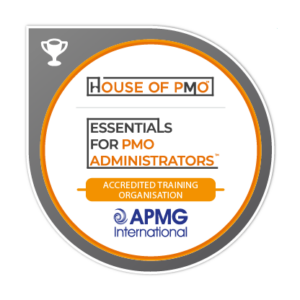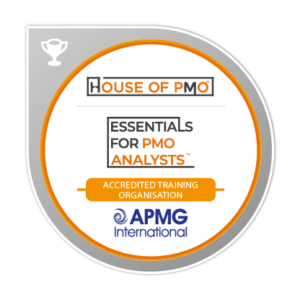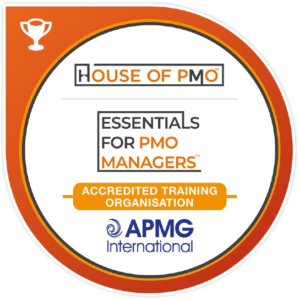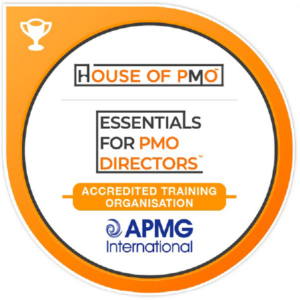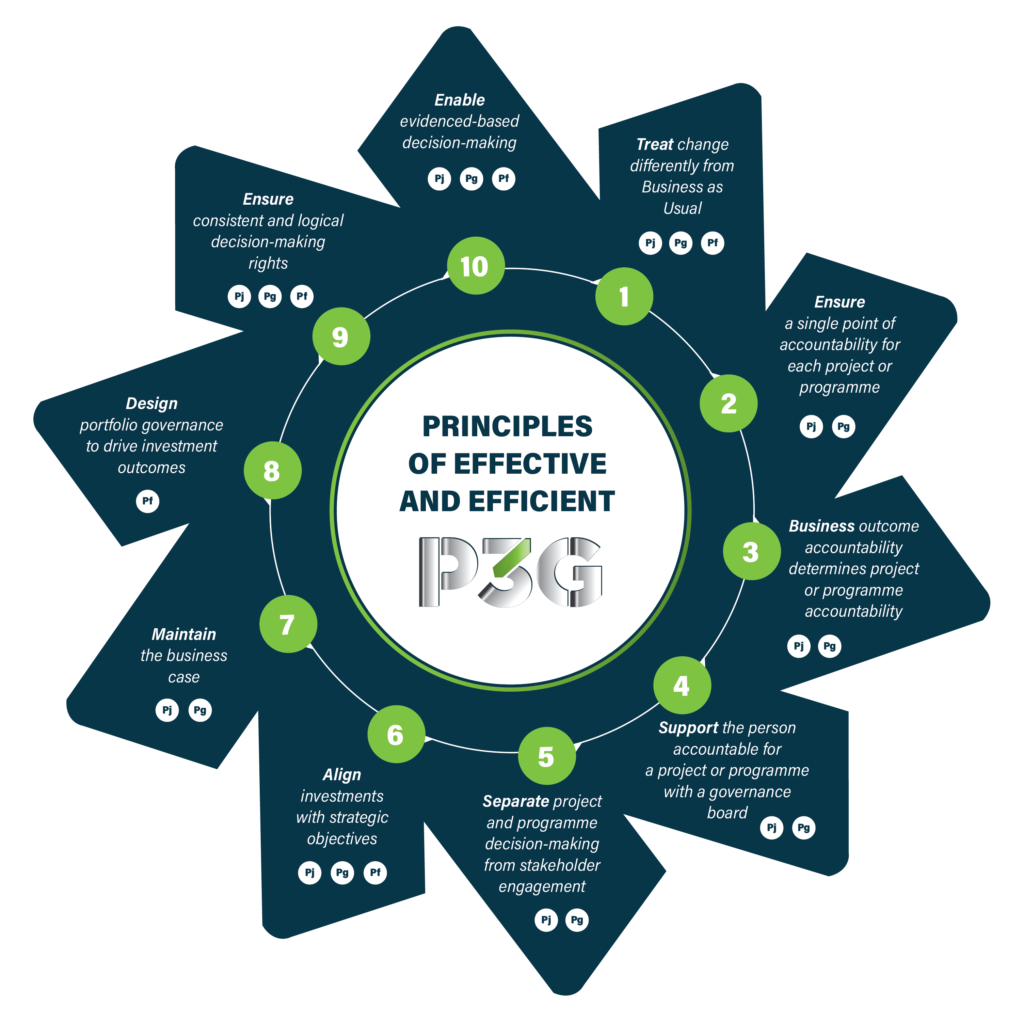
The Benefits Management and the Role of the PMO course is designed to equip professionals with the knowledge, tools, and strategies needed to enhance the value their PMOs bring to organisations. But what sets this course apart is its emphasis on real-world application, reinforced by a carefully crafted Course Journal that maximises learning and ensures lasting organisational impact.
In this blog we’ll explore the course’s core offerings, delve into the unique value of the course journal, and examine how its approach aligns seamlessly with the Kirkpatrick Model of Training Evaluation.
The Course: Elevating Benefits Management
This two-day intensive course goes beyond theoretical frameworks, diving deep into the practicalities of Benefits Management and its integration with PMO operations. Key topics covered include:
- The Benefits Management Lifecycle, from identification to realisation and review.
- The role of the PMO in aligning project outcomes with business strategies.
- Implementing PMO services that support and enhance Benefits Management.
- Practical tools and techniques, such as maturity assessments and SIPOC (Supplier, Input, Process, Output, Customer) analysis.
Participants leave the course with not only a solid understanding of Benefits Management principles but also actionable plans to implement or improve Benefits Management within their organisations.
The Course Journal: Your Guide to Actionable Learning
The Course Journal for Benefits Management and the Role of the PMO serves as a practical guide designed to maximise the participant’s learning and application of the course content. Here’s a summary of its structure and utility:
- Pre-Course Preparation
- Participants assess their organisation’s current Benefits Management maturity, using a structured lifecycle approach.
- Reflection prompts encourage participants to think critically about their organisation’s business drivers and the value they expect from improved Benefits Management.
- During the Course
- The journal becomes a space to document insights, observations, and lessons learned during each module.
- Templates for analysing PMO services, including SIPOC analysis, ensure participants engage actively with the course content.
- Reflection prompts guide participants to think about practical applications in their organisational context.
- Post-Course Action
- The journal’s roadmap framework (“First, Next, Later”) helps participants prioritise and plan the implementation of Benefits Management improvements.
- Sections for stakeholder implications encourage tailored strategies for engaging executives, delivery teams, and PMOs.
- It acts as an ongoing reference for participants as they translate their learning into meaningful actions.
We recently wrote a blog on maximising the impact of training using the Kirkpatrick model. For organisations investing their training budget into PMO courses, it’s just as important to evaluate the impact. Most organisations are expected to demonstrate the return on their training investment—showing how it’s added value, improved skills, or contributed to business outcomes. To read the full blog, click here.
Linking the Course Journal to the Kirkpatrick Model
The course journal isn’t just a tool for personal organisation—it’s an integral part of ensuring the course delivers measurable value which also aligns across all four levels of the Kirkpatrick Model:
Level 1: Reaction
- By prompting participants to reflect on their expectations and satisfaction with the course content, the journal captures immediate feedback on the course’s relevance and delivery.
Level 2: Learning
- Participants document their observations and engage with exercises, demonstrating knowledge acquisition and skill development.
- The pre- and post-course maturity assessments serve as tangible evidence of learning progress.
Level 3: Behaviour
- The journal encourages participants to create actionable plans for implementing their learning, ensuring behaviour changes in the workplace.
- Reflection prompts and SIPOC analysis link learning directly to workplace applications, driving change in PMO practices.
Level 4: Results
- The roadmap for implementation provides a structured way to track organisational impact, such as improved project success rates or more effective PMO services.
- Stakeholder-focused sections ensure that Benefits Management improvements align with organisational goals, producing measurable business outcomes.
Why Organisations and Individuals Should Invest
Organisations and individuals should invest in the Benefits Management and the Role of the PMO Course as it provides more than just individual professional development. The course also provides:
- Enhanced PMO capabilities that drive real value for the business.
- A structured approach to Benefits Management that aligns with strategic priorities.
- Tools and frameworks that participants can implement immediately, ensuring a rapid return on investment.
The Course Journal amplifies this value by ensuring participants remain focused, reflective, and action-oriented throughout the learning process. Its alignment with the Kirkpatrick Model guarantees that organisations can measure the effectiveness of the training at every level, from participant satisfaction to tangible business results.
The Benefits Management and the Role of the PMO is on our public schedule in our virtual classroom, click here to see upcoming dates.
Want to train your team or organisation in Benefits Management? Bring the course in-house and we can deliver the course at your office or virtually. Get in touch with our training specialist to discuss next steps.
Enjoying Our Blog?
Sign up and receive all our articles (we’ll send you an update once a week!) plus special offers and events:






